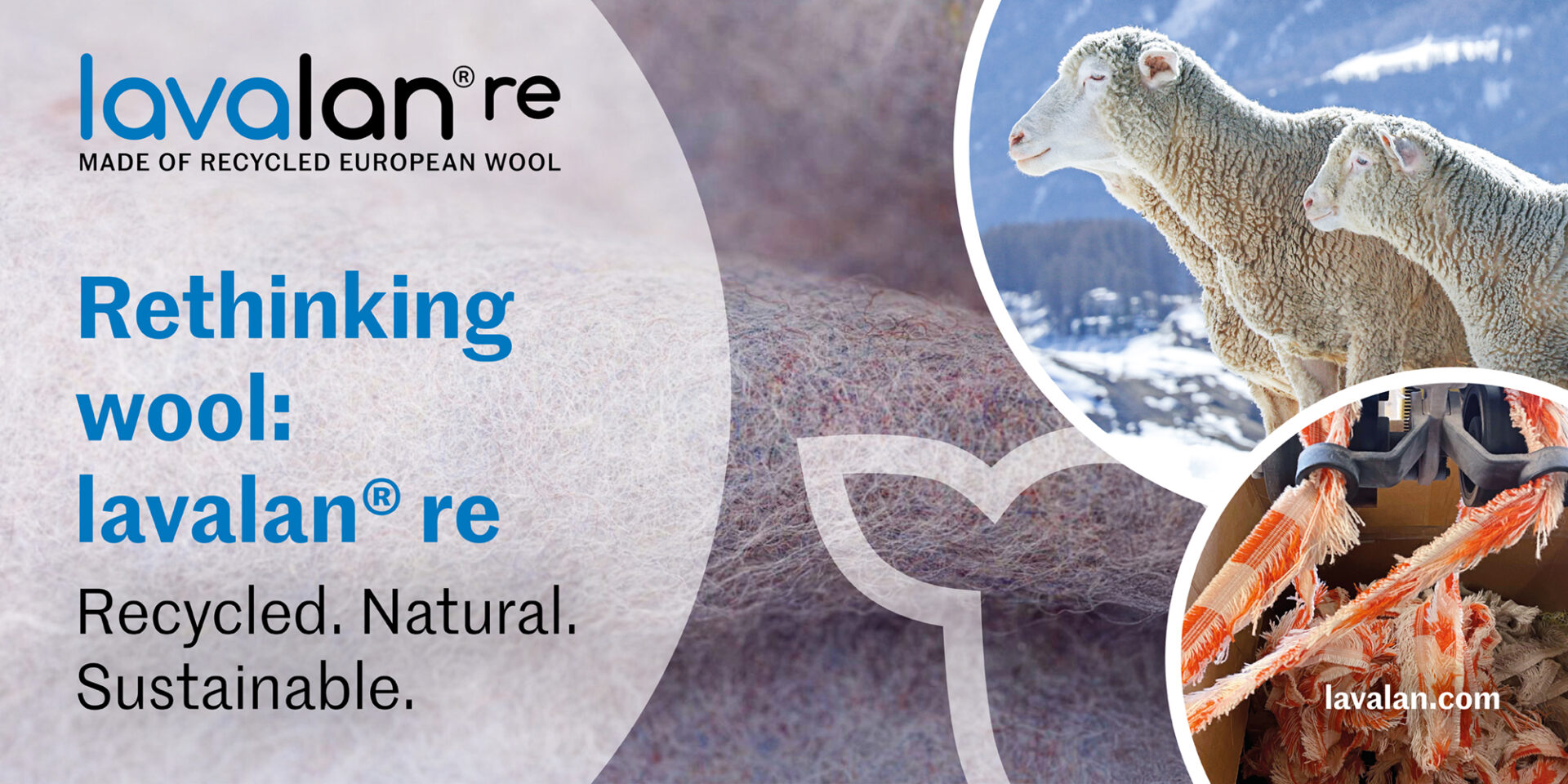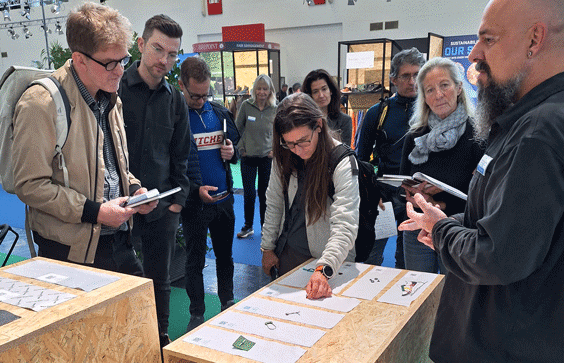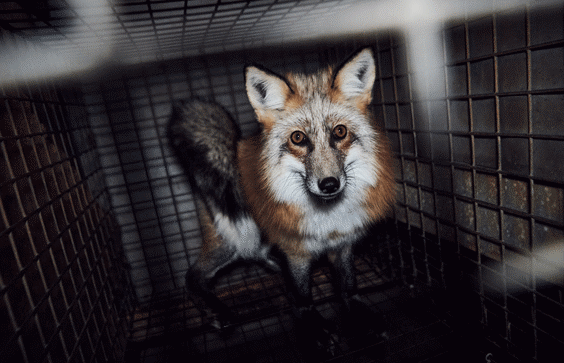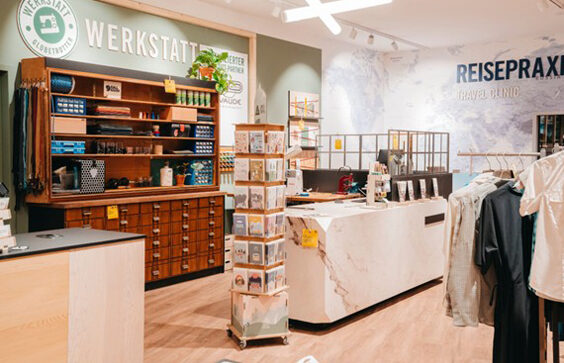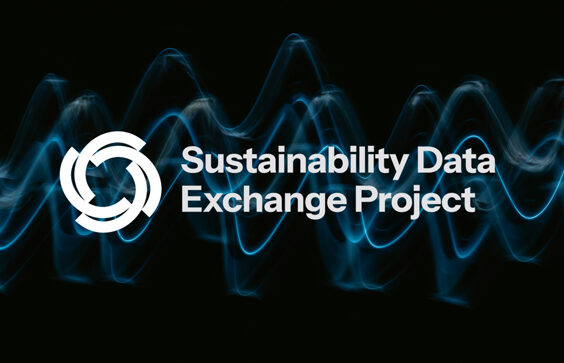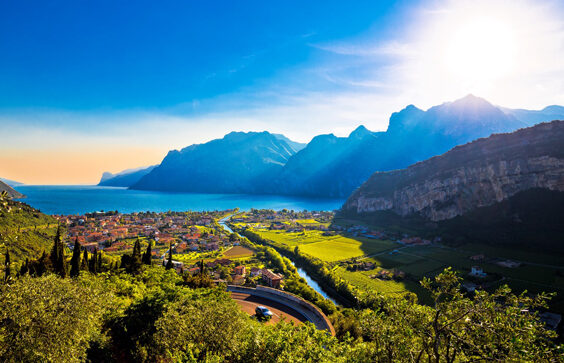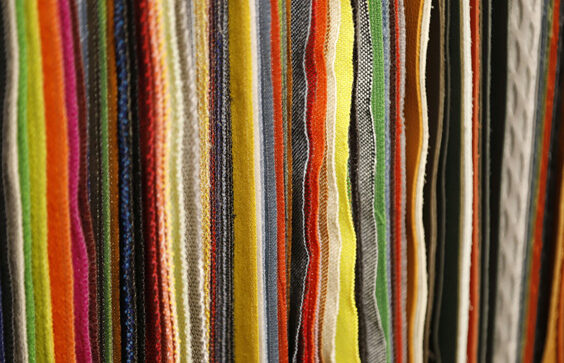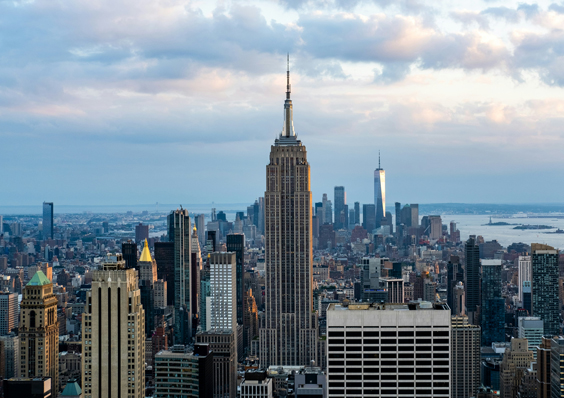
September 18, 2025 How high would textile waste reach on the Empire State Building?
During Climate Week NYC 2025, Reju launched an AR experience that overlaid textile waste onto iconic New York landmarks. The initiative visualized the volume of textile waste generated globally and highlighted a regeneration solution.
AR brought textile waste crisis to New York streets
Reju, a textile-to-textile regeneration company, brought the global textile waste crisis to life during Climate Week NYC 2025 using augmented reality. Launched on September 22, the AR experience allowed users to view virtual mountains of discarded textiles overlaid on the Empire State Building and Flatiron Building—making the problem visible at city scale.
According to Textile Exchange, over 92 million tons of textile waste were generated globally each year, much of which ended up in landfills or was incinerated. Reju’s regeneration technology, developed in part through IBM research, sought to close this loop by converting end-of-life textiles into high-quality materials for reuse.
Interactive, shareable campaign connected users to the issue
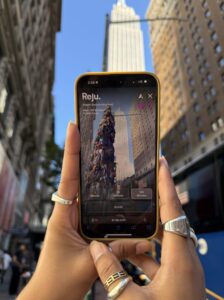
Credit: Reju
Throughout Climate Week, QR codes placed around high-traffic areas and near event venues led to an interactive microsite. Users could point their phones at the featured buildings to trigger Reju’s AR filter, which showed how much textile waste was generated in a second, a minute, an hour, and a day—all scaled to the landmark in view.
“Reju’s AR experience brought the invisible textile waste problem into sharp focus, right in the middle of New York City during a week when climate was top of mind,” said Patrik Frisk, CEO, Reju.
“It was a wake-up call, but also a glimpse of hope. This was the very waste Reju was designed to transform.”
Designed for maximum engagement, the experience enabled visitors to scan QR codes, enter the AR space, and share their experience on social media. Influencers promoted the campaign, inviting users to try the filter and post their content with the hashtag #RejuClimateWeek.
The public accessed the experience by visiting ar.reju.com and following @Reju on social media. The campaign aimed to raise awareness and build support for a circular textile economy.
About Reju
Reju is a materials regeneration company focused on creating innovative solutions for regenerating polyester textiles and post-consumer PET waste. Owned by Technip Energies and utilizing technology originating with IBM Research, Reju is driven by its purpose to unlock infinite possibilities within finite resources. The company aims to establish a global textile recycling circular system to regenerate and recirculate polyester textiles.
Lead image: Dana Andreea Gheorghe on Unsplash


